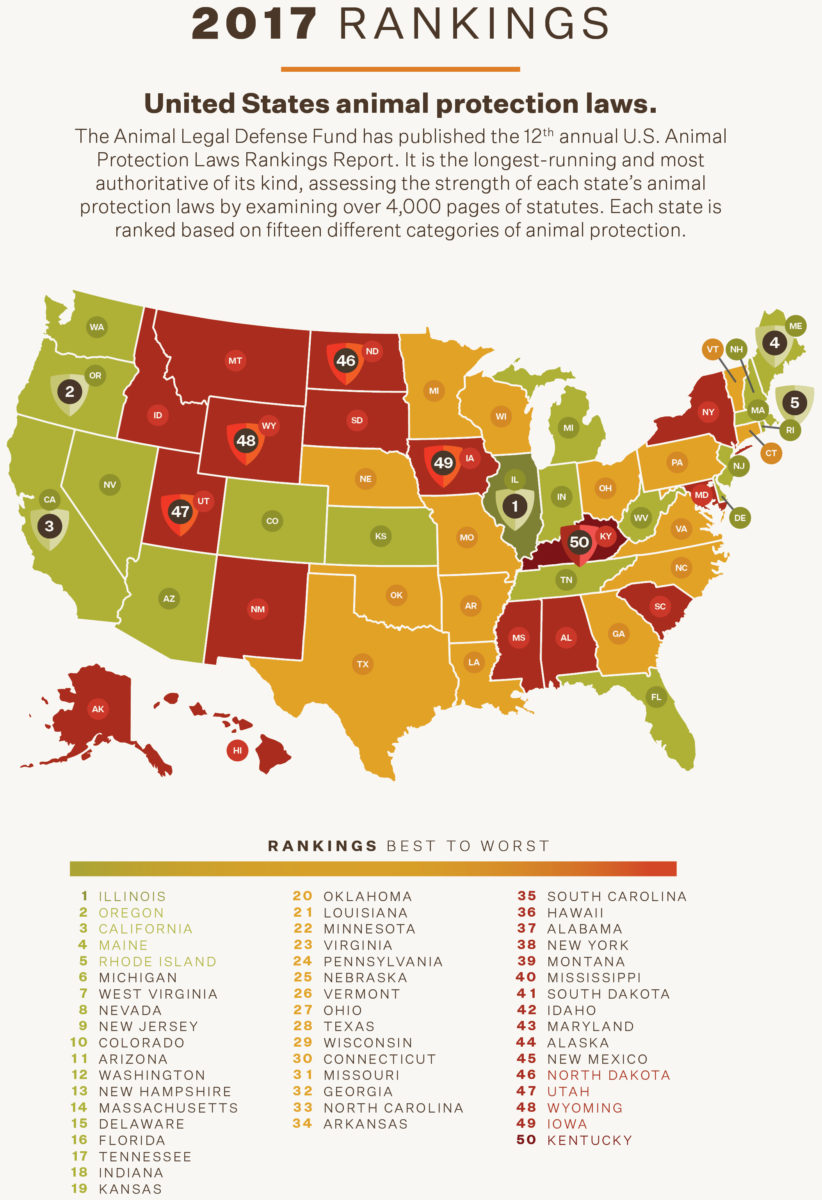Is animal cruelty a felony everywhere in the United States? At first glance, it might seem like a straightforward question. However, as we delve deeper, we find a complex web of laws, regulations, and societal attitudes that shape how animal welfare is enforced across the nation. With varying degrees of severity and enforcement, animal cruelty laws present a mosaic of standards that warrants exploration.
To begin our journey, it is essential to define what constitutes animal cruelty. Generally speaking, animal cruelty refers to the intentional infliction of harm or suffering upon animals. This could manifest in numerous ways, from neglect to outright abuse. Various statutes address these acts, but the details often vary significantly from one state to another.
At the federal level, legislation such as the Animal Welfare Act (AWA) provides a baseline for the protection of animals used in research, commerce, and exhibition. However, the AWA does not cover all animals. It primarily focuses on specific species such as dogs, cats, and non-human primates. Thus, it leaves a substantial gap in the treatment and protection of farm animals and those in homes. Some may ask: how can the law be so selective when it comes to protecting vulnerable creatures?
When we shift our focus to state laws, we encounter a more intricate landscape. Each state has its statutes governing animal cruelty, ranging from misdemeanors to felonies. For instance, in many states, severe forms of animal abuse, such as organized fighting, can lead to felony charges. However, in others, the penalties may be minimal, resulting in little more than a slap on the wrist for offenders. This inconsistency raises a critical challenge: how do we establish a unified standard when the laws differ so significantly?
Moreover, the enforcement of these laws often hinges on local resources and priorities. In some areas, humane societies and animal control departments serve as diligent watchdogs, ensuring adherence to the law and advocating for the welfare of animals. In contrast, other locations may lack the funding or manpower to effectively enforce existing statutes. This disparity leaves some animals vulnerable to cruelty without any recourse for protection. Would it not be prudent to consider the role of local communities in forming a more humane society through improved law enforcement?
Digging deeper, we can classify animal cruelty laws into two primary categories: criminal statutes and civil statutes. Criminal statutes involve a violation of public law, where the government prosecutes an offender. Civil statutes, on the other hand, allow private individuals or organizations to seek restitution for damages inflicted on animals. Many states employ both types, creating a multifaceted approach to animal welfare.
As a matter of public policy, a growing movement is pushing for more stringent laws and enforcement against animal cruelty. Advocates argue that the treatment of animals serves as a reflection of societal values; thus, neglect in one area can have broader implications. For example, the linkage between animal cruelty and violence against humans is well documented in studies. This correlation invites serious consideration: should we not prioritize stronger protections for animals to prevent larger societal issues?
Additionally, one challenge within the realm of animal welfare laws is public awareness. Many individuals remain unaware of the specific laws in their state or the penalties for violations. Increasing educational initiatives around responsible pet ownership and animal rights can empower citizens to hold individuals accountable and promote better treatment of animals. As more people become informed, there is hope for a cultural shift toward prioritizing animal welfare in law and practice.
The legal landscape continues to evolve, with more states adopting felony laws for animal cruelty. The push for these changes often stems from grassroots movements, urging lawmakers to reconsider outdated statutes. With each new amendment or enactment, the dialogue surrounding animal welfare broadens, engaging citizens in discussions about the moral responsibilities we hold toward non-human beings. As advocates unite across state lines, the question emerges: what collective action can we take to ensure that all states prioritize animal welfare equally?
Ultimately, understanding whether animal cruelty is a felony nationwide requires a nuanced examination of the interplay between local, state, and federal laws. The patchwork of legislative measures presents both opportunities and challenges. Each victory in the realm of animal rights is hard-won. Continuous efforts are essential to pave the way for comprehensive legal protections for all animals across the United States. The path forward may be complicated, but the collective responsibility to advocate for better laws remains clear. It is only through awareness, education, and activism that society can aspire toward a humane stance against all forms of cruelty.
In conclusion, while progress is being made, the quest for nationwide consistency in animal cruelty laws remains ongoing. Reflecting on the current state of animal welfare legislation poses another question: how far are we willing to go to protect those who cannot advocate for themselves? The answer lies in our commitment to ensuring that every creature, regardless of its species or the local laws, is entitled to compassion and protection.









